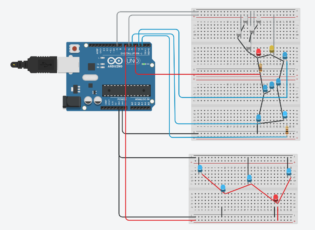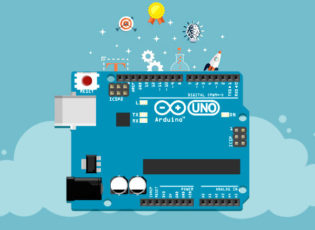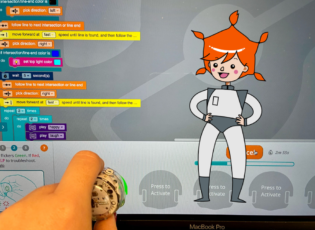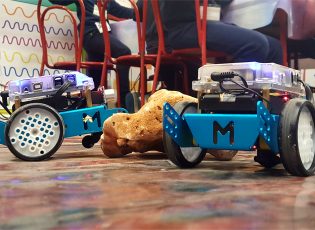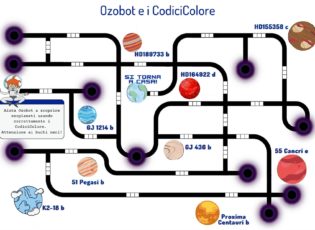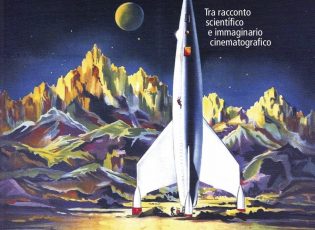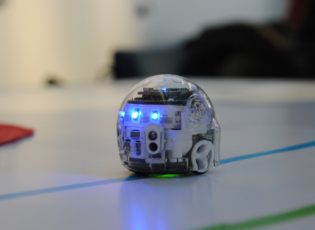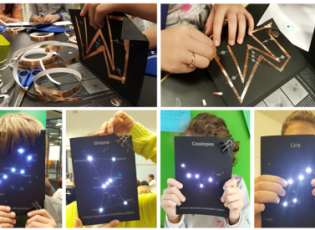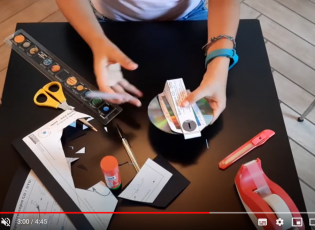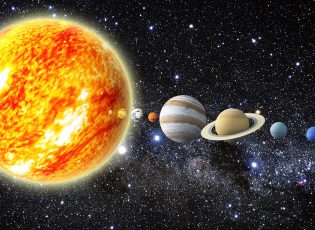The Constellations with Arduino
Through this activity, you will be able to realize and light up your favourite constellation with Arduino. In order to reach this goal, we will use Arduino UNO, an hardware platform used to build up projects of robotics, electronic and automation, on which a software (in C language) is installed, so as to allow us to check a series of sensors connected to the card itself, and interact with them. Over and beyond the Arduino card, we will need a series of leds of different colour – which will represent the stars ofLEGGI TUTTO

